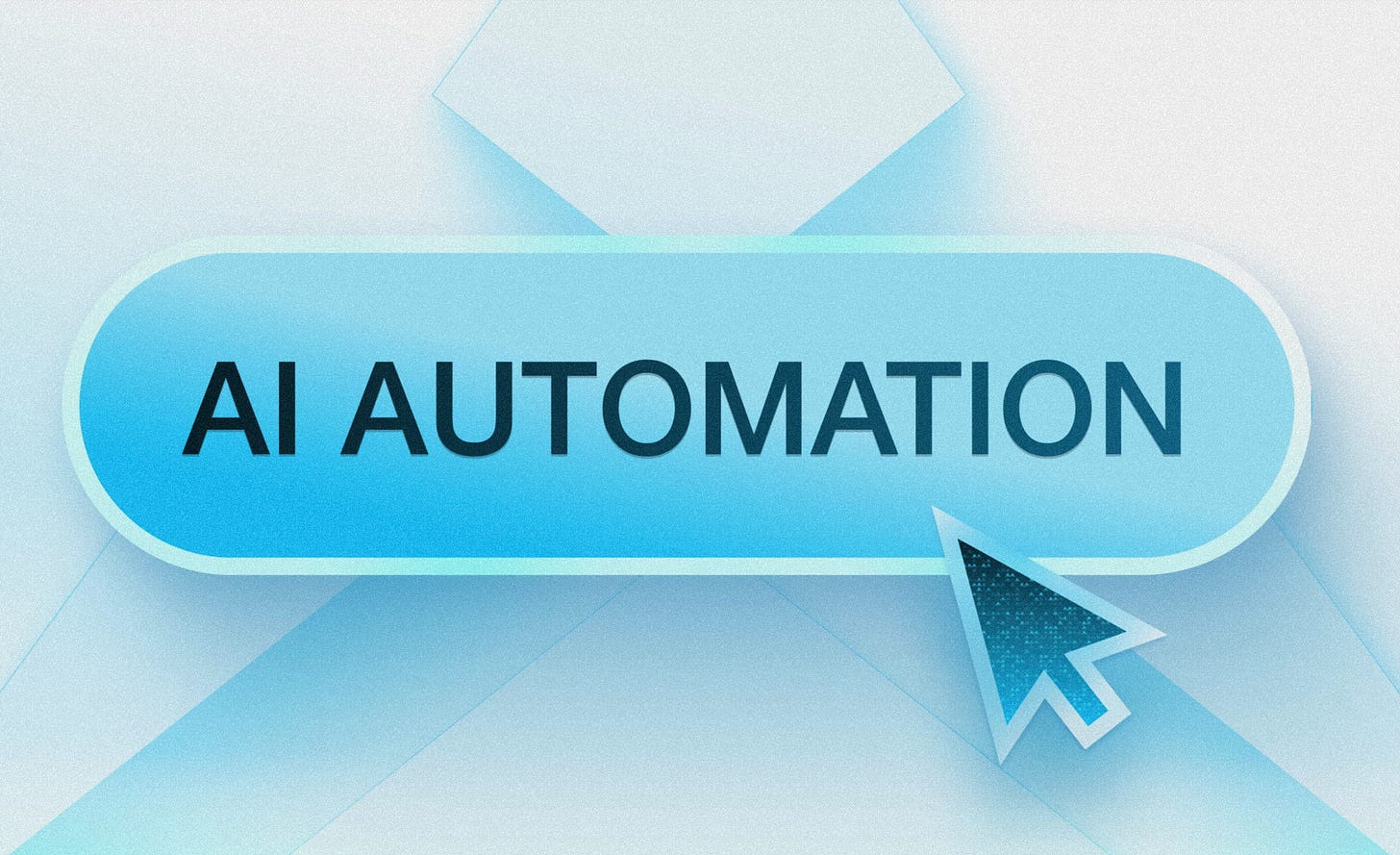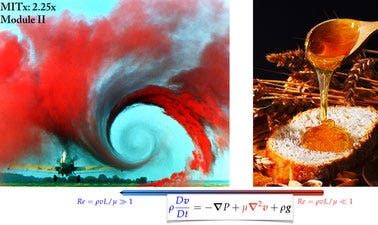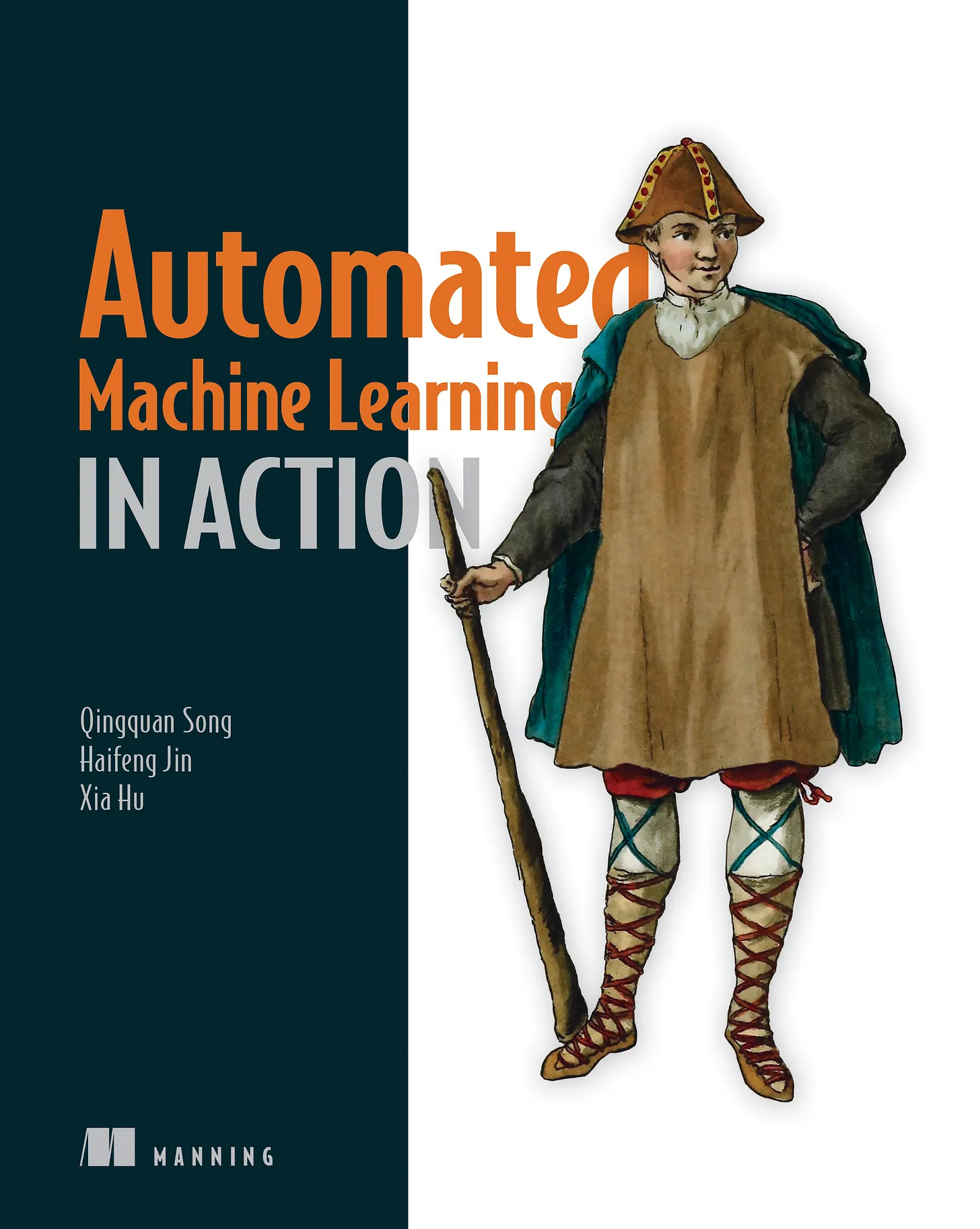Generative AI for Ship Design, AI Automation & PINNS for FEA
🧠 “One must be sane to think clearly, but one can think deeply and be quite insane.” - Nikola Tesla
💻 The Global Network for Simulation Experts - Michael Bublitz
🧠 AI Adoption for Businesses: The Build-vs-Buy Dilemma
AI automation and AI agents are transforming the way B2B businesses & agencies operate, making processes faster, smarter, and more efficient. From lead generation and sales outreach to client communication and campaign optimization, AI-driven automation allows agencies to scale operations without increasing headcount.
💻 Siemens and Compute Maritime collaborate to transform ship design using generative AI
Siemens Digital Industries Software announced today a collaboration with Compute Maritime (CML) to revolutionize ship design and simulation and push the boundaries of generative AI in the ship design industry. The project focuses on connecting Compute Maritime’s flagship platform for vessel design and optimization, NeuralShipper, with Siemens’ Simcenter™ STAR-CCM+™ software for Computational Fluid Dynamics (CFD) and results validation.
📚 Can Physics-Informed Neural Networks beat the Finite Element Method?
TL;DR: “Considering the solution time and accuracy, PINNs cannot beat the finite element method in our study.”
The recent success of deep neural networks at various approximation tasks has motivated their use in the numerical solution of PDEs. These so-called physics-informed neural networks and their variants have been shown to successfully approximate a wide range of partial differential equations. So far, physics-informed neural networks and the finite element method have mainly been studied in isolation.
🌀 Advanced Fluid Mechanics 2: The Navier-Stokes Equations for Viscous Flows
Learn to apply the Navier-Stokes equations to viscous-dominated flows; including pipe flows, channel flows and free surface flows, use dynamical similarity and dimensional analysis, Stokes flows, similarity solutions and transient responses, lubrication analysis and surface tension.
🌀 The Helmholtz-Hodge Decomposition
The Helmholtz-Hodge decomposition split vectors fields in two orthogonal subspaces: incompressible and irrotational. In 2-D, corresponds to the sum of a gradient field and a rotated gradient field.
🎬 Video of the Week
💻 Engineering Tool of the Week – PyFR
PyFR is an open-source Python based framework for solving advection-diffusion type problems on streaming architectures using the Flux Reconstruction approach of Huynh. The framework is designed to solve a range of governing systems on mixed unstructured grids containing various element types. It is also designed to target a range of hardware platforms via use of an in-built domain specific language derived from the Mako templating engine. The current release (PyFR 1.14.0) has the following capabilities:
Governing Equations - Euler, Navier Stokes
Dimensionality - 2D, 3D
Element Types - Triangles, Quadrilaterals, Hexahedra, Prisms, Tetrahedra, Pyramids
📚Book of the Week
Automated Machine Learning in Action
Automated Machine Learning in Action reveals how you can automate the burdensome elements of designing and tuning your machine learning systems. It’s written in a math-lite and accessible style, and filled with hands-on examples for applying AutoML techniques to every stage of a pipeline. AutoML can even be implemented by machine learning novices! If you’re new to ML, you’ll appreciate how the book primes you on machine learning basics. Experienced practitioners will love learning how automated tools like AutoKeras and KerasTuner can create pipelines that automatically select the best approach for your task, or tune any customized search space with user-defined hyperparameters, which removes the burden of manual tuning.
❤️ Support the Blog & Newsletter
Let’s connect on Instagram or LinkedIn!
For any business-related issues or collaborations, email me at support@jousefmurad.com!
Keep engineering your mind! 🧠
Jousef










